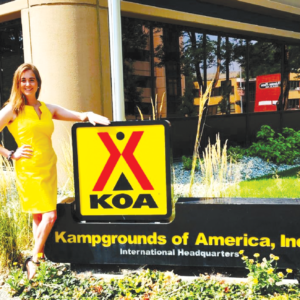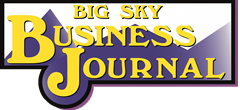Each year the Billings Chamber of Commerce awards exceptional leaders whose impact and example are deserving of recognition—not simply for their accomplishments, but also for their character, their leadership, and their integrity. The 2023 Business Excellence Awards honor individuals and organizations for contributions that undoubtedly make Billings a better place to work and live.
The 2023 recipients are: Outstanding Business Person Dusty Eaton, A&E Design Employer of the Year Entre Technology Services Inclusion Award William Henry, Be Better World Customer Service Excellence Matt Hall, Midway Auto & RV NextGEN Exceptional Emerging Leader Bo Bruinsma, Billings Public Schools
“A community is only as strong as its people,” Chamber President/CEO John Brewer said of the annual awards. “We celebrate our employers, workers, innovators, leaders, visionaries and what they have accomplished in building our community. Billings is uniquely us because of the businesses they have created and the people they have touched.” Award recipients are selected through a scoring process by a committee of Chamber board members and committee leaders, following a period of public nomination submissions.
“The Business Excellence Award recipients represent the very best of what the Billings business community is doing with regard to leadership, innovation, and employee care,” Chamber Board Chair Julie Seedhouse said of the recipients and the prestige of the recognition. “Each of them fully embraces the Billings Chamber’s mission as catalysts for growth and creators of quality of place. We are deeply honored to recognize the essential work they are doing to make our community better.”
Recipients will be recognized at the 2023 Billings Chamber Breakfast, March 30, 7-9 am, at Alberta Bair Theater. The event will feature Captain Sandra Yawn (“Captain Sandy”) of the hit television show, Below Deck Mediterranean, as the keynote speaker. It is sponsored by by Nonstop Local and America First Response.
Tickets are at Alberta Bair Theater Box Office or through their website.





